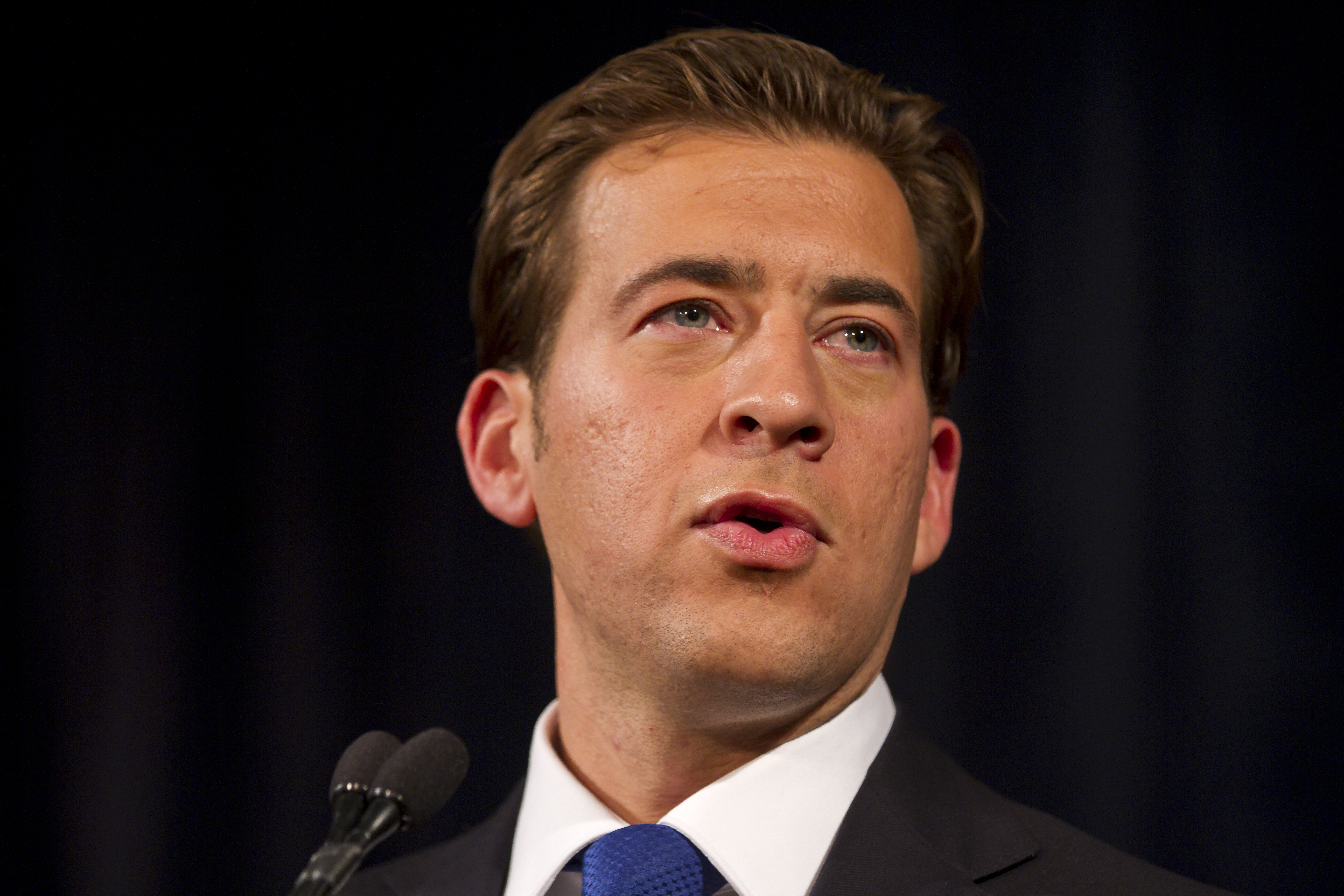Just off the highway in Little Village, Chicago’s most densely-populated Latino neighborhood, there's an ever-present burning smell.
It’s the Crawford Generating Station, a coal-fired plant that pumps so much soot into the air that the children who live beneath its chimney call it “the cloud factory.”
Crawford and its sister station, the Fisk Generating Plant in nearby Pilsen -- a decidedly Mexican neighborhood -- date back to the 1920s, making them the “oldest, dirtiest plants located in any urban neighborhood” in America, according to the Chicago Environmental Law and Policy Center.
The plants are so toxic that the Alivio Medical Center, a non-profit clinic, practically specializes in treating children for asthma. A Harvard School of Public Health study found they cause 41 premature deaths, 550 emergency room visits and 2,800 asthma attacks every year.
The Chicago City Council is finally attempting to force Crawford and Fisk to install scrubbers or shut down. Tuesday, four aldermen -- Sandi Jackson, Toni Preckwinckle, Eugene Schulter and Joe Moore -- held a City Hall press conference to introduce the Chicago Clean Power Ordinance , which would give the plants two years to reduce their output of particulate matter and three years to reduce carbon dioxide emissions.
According to recent EPA figures, Fisk and Crawford emit 269 pounds of mercury; 17,765 tons of sulfur dioxide; and 260,000 pounds of soot each year.
In 2007, the plants emitted five million metric tons of carbon dioxide, a greenhouse gas that plays a significant role in climate change. That’s the equivalent of over 800,000 automobiles.
Chicago Politics
The ordinance's backers also point out that more people live near Fisk and Crawford than any other power plants in the nation, and that most are low-income minorities, raising issues of environmental racism.
But Ald. Ricardo Munoz, who represents one of the plants won’t concede that it’s making his constituents ill.
“They haven’t made their case that it’s because of the plant,” Munoz told Ward Room last week. “There are many other contributing factors. If you really want to deal with what causes asthma, you should deal with all these highways, all these trucks going through the neighborhood.”
Crawford employs 200 people in Little Village, so it’s important to the blue-collar neighborhood’s economy. The plants are already subject to state and federal regulations. Adding local regulations will put Chicago at a “disadvantage,” Munoz said.



